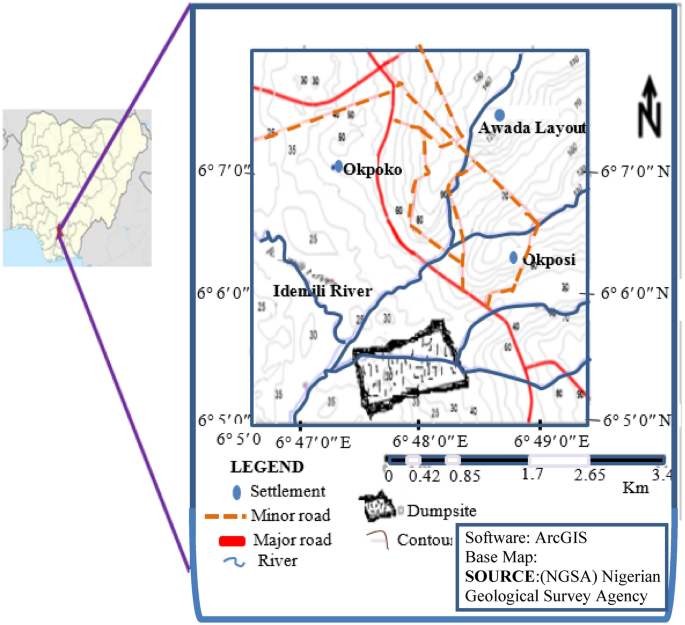
Crossref Google ScholarĮhrhart, J.T., 2017, Characterization and delineation of gypsum karst geohazards using 2D electrical resistivity tomography in Culberson County, Texas, USA: Journal of Environmental and Engineering Geophysics, 22, 411–420. López, P., 2009, Using electrical resistivity tomography (ERT) to evaluate the infiltration in land application systems: A case study in the Carrión de los Céspedes wastewater treatment plant (Seville, Spain): Desalination and Water Treatment, 4, 111–115. Mohammad, W.M., 2013, Soil site investigations using 2D resistivity imaging technique: Engineering and Technology Journal, 31, A, 16. Geotomo Software, 2005, Res2dinv software, ver.Google ScholarĮl-Haddad, B., 2014, Evolution of the geological history of the Egyptian Nile at Sohag area using sedimentological studies and remote sensing techniques: M.Sc. EGSMA, 1989, Geological map of Upper Egypt: Egyptian Geological Survey and Mining Authority, Cairo.Kurtulmuş, T.Ö., 2006, Application of electrical resistivity tomography technique for investigation of landslides: A case from Turkey: Environmental Geology, 50, 147–155. Crossref Google ScholarĬoral, C., 1987, Geological Map of Egypt, Scale 1: 500,000, NH36SW- Beni Suef, Egypt: The Egyptian General Petroleum Corporation, Cairo (EGPC), Egypt. Crossref Google ScholarĪbudeif, A.M., 2015, Integrated electrical tomography and hydro-chemical analysis for environmental assessment of El-Dair waste disposal site, west of Sohag city, Egypt: Environmental Earth Sciences, 74, 5859–5874. Hamed, D.E., 2016, Implementation of ground penetrating radar and electrical resistivity tomography for inspecting the Greco-Roman Necropolis at Kilo 6 of the Golden Mummies Valley, Bahariya Oasis, Egypt: NRIAG Journal of Astronomy and Geophysics, 5, 147–159. According to an evaluation of the presence and abundance of shale and sand contents cracks, fissures and faults, the second site is identified as more suitable for construction. From the surface to a depth of 20 m, these layers are: unit 1) unconsolidated boulders and gravels intercalated with percentages of sand and reddish clay unit 2) fine crushed calcareous gravels and sands with clays intercalations unit 3) dry sand and clayey sand and unit 4) shale, at the base.

The results show that the near surface sedimentary succession beneath both sites consists of four geoelectrical and lithological units. RES2DINV and RES3DINV software were used for data processing and interpretation. The resistivity results were confirmed with boreholes drilled at both sites.

In this study, an ERT survey was implemented at two pre-defined sites with the aim of selecting the most favorable location for construction of a new educational building on the university campus. Site investigation using two- and three-dimensional electrical resistivity imaging is now a fundamental step before the design and construction of campus buildings at the University of Sohag in Egypt. Electrical resistivity tomography (ERT) is one of the most effective geophysical methods used to acquire detailed pictures of subsurface conditions without drilling.


 0 kommentar(er)
0 kommentar(er)
